Peripheral Neuropathy: Physiotherapy Treatment, Exercise
Peripheral: Beyond (in this case, beyond the brain and the spinal cord.)
Neuro-: Related to the nerves
-pathy: Disease
Peripheral neuropathy refers to the conditions that result when nerves that carry messages to and from the brain and spinal cord from and to the rest of the body are damaged or diseased.
The peripheral nerves make up an intricate network that connects the brain and spinal cord to the muscles, skin, and internal organs. Peripheral nerves come out of the spinal cord and are arranged along lines in the body called dermatomes. Typically, damage to a nerve will affect one or more dermatomes, which can be tracked to specific areas of the body. Damage to these nerves interrupts communication between the brain and other parts of the body and can impair muscle movement, prevent normal sensation in the arms and legs, and cause pain.
Classification of Peripheral Neuropathy:
Peripheral neuropathy can be classified into more than 100 forms produces different set of symptoms and have different prognosis. Motor, sensory, and autonomic nerve damage can occur. If the motor nerves are affected then imbalance occurs in the coordination of walking, holding things, and other voluntary muscle movements. Damage in sensory nerves results in the loss of sensations like touching or pain whereas autonomic nerves affect the involuntary nerves controlling vital organs.
Four types depending upon a number of nerve damage and the nerve cells are autonomic neuropathy, mononeuropathy, mononeuritis multiplex, and polyneuropathy. When only one nerve is affected then it is called mononeuropathy. It can be caused by compression to the nerve, carpel tunnel syndrome, or some infection and nerve inflammation causing tingling feet.
MONONEURITIS:
Mononeuritis multiplex occurs when multiple nerves are damaged here and there in the body due to diabetes mellitus (diabetic neuropathy), Churg-Strauss syndrome, HIV, amyloidosis, and rheumatoid arthritis. It is present with dull pain in the legs and back mostly at night. Diabetics may have severe pain in the thigh of either side with weakness and knee reflex absence.
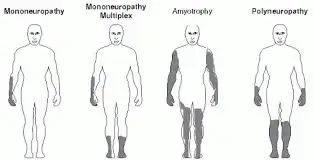
POLYNEUROPATHY:
Polyneuropathy affects nerve cells anywhere in the body irrespective of the nerve path. It can cause changes in axons, neuron cell bodies, and myelin sheath surrounding axons. Distal axonopathy is a condition affecting only the axons with intact neurons. In sensory neuronopathy and motor neuron disease sensory and motor neurons are affected respectively. Polyneuropathy attacks organs on either side. It produces symptoms such as numb feet, burning, erectile dysfunction, and imbalance in bladder function. This neuropathy treatment involves three steps. It starts with removing the cause, then strengthening muscles and their function, and in the last pain relief by using neuropathy creams containing capsaicin.
AUTONOMIC NEUROPATHY:
The fourth pattern in the peripheral type of neuropathy is the autonomic neuropathy causing alterations in the autonomic nervous system. It affects the non-involuntary nerves reaching the urinary bladder, digestive system, sexual organs, and heart. Chronic diabetes patients are more prone to this neuropathy. Autonomic neuropathy is present in combination with other neuropathies. It produces symptoms such as incontinence of urine, pain in the abdomen with vomiting, diarrhea or constipation, tachycardia, hypotension, and impotency.
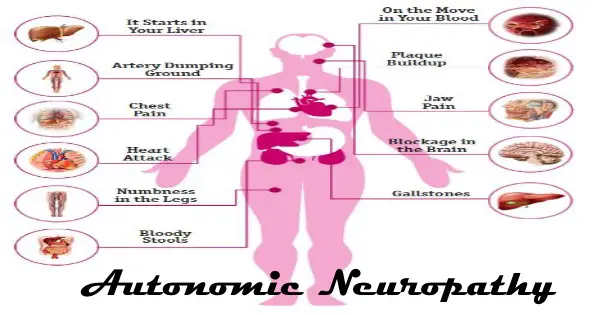
There are several different kinds of peripheral neuropathies that stem from a variety of causes. They range from carpal tunnel syndrome (a traumatic injury common after chronic repetitive use of the hands and wrists, such as with computer use) to nerve damage linked to diabetes.
As a group, peripheral neuropathies are common, especially among people over the age of 55. Altogether, the conditions affect 3% to 4% of people in this group.
Neuropathies are typically classified according to the problems they cause or what is at the root of the damage. There also are terms that express how extensively the nerves have been damaged.

Causes:
Not a single disease, peripheral neuropathy is nerve damage caused by a number of conditions. Causes of neuropathies include:
Alcoholism. Poor dietary choices made by people with alcoholism can lead to vitamin deficiencies.
Autoimmune diseases. These include Sjogren’s syndrome, lupus, rheumatoid arthritis, Guillain-Barre syndrome, chronic inflammatory demyelinating polyneuropathy, and necrotizing vasculitis.
Diabetes. More than half the people with diabetes develop some type of neuropathy.
Exposure to poisons. Toxic substances include heavy metals or chemicals.
Medications. Certain medications, especially those used to treat cancer (chemotherapy), can cause peripheral neuropathy.
Infections. These include certain viral or bacterial infections, including Lyme disease, shingles, Epstein-Barr virus, hepatitis C, leprosy, diphtheria, and HIV.
Inherited disorders. Disorders such as Charcot-Marie-Tooth disease are hereditary types of neuropathy.
Trauma or pressure on the nerve. Traumas, such as motor vehicle accidents, falls or sports injuries, can sever or damage peripheral nerves. Nerve pressure can result from having a cast using crutches or repeating a motion such as typing many times.
Tumors. Growths, cancerous (malignant) and noncancerous (benign), can develop on the nerves or press nerves. Also, polyneuropathy can arise as a result of some cancers related to the body’s immune response. These are a form of paraneoplastic syndrome.
Vitamin deficiencies. B vitamins — including B-1, B-6, and B-12 — vitamin E and niacin are crucial to nerve health.
Bone marrow disorders. These include abnormal protein in the blood (monoclonal gammopathies), a form of bone cancer (osteosclerotic myeloma), lymphoma, and amyloidosis.
Other diseases. These include kidney disease, liver disease, connective tissue disorders, and an underactive thyroid (hypothyroidism).
In a number of cases, no cause can be identified (idiopathic).
Risk factors:
Peripheral neuropathy risk factors include:
Diabetes mellitus, especially if your sugar levels are poorly controlled – Diabetic Neuropathy.
Alcohol abuse
Vitamin deficiencies, particularly B vitamins
Infections, such as Lyme disease, shingles, Epstein-Barr virus, hepatitis C and HIV
Autoimmune diseases, such as rheumatoid arthritis and lupus, in which your immune system attacks your own tissues
Kidney, liver, or thyroid disorders
Exposure to toxins
Repetitive motions, such as those performed for certain jobs
Family history of neuropathy
Symptoms:
Sensory neuropathy:
tingling and numbness
pins and needles and hypersensitivity
increased pain or inability to feel pain
loss of ability to detect changes in heat and cold
loss of coordination and proprioception
burning, stabbing, lancing, boring, or shooting pains, which may be worse at night
It can also lead to foot and leg ulcers, infection, and gangrene.
Motor neuropathy:
This affects the muscles.
Symptoms include:
muscle weakness, leading to unsteadiness and difficulty performing small movements, such as buttoning a shirt.
muscle wasting
muscle twitching and cramps
muscle paralysis
If the autonomic nerves are affected, there may be problems with sweating, heat intolerance, bowel or bladder problems, and changes in blood pressure, leading to dizziness.
Diagnosis:
Peripheral neuropathy has many potential causes. Besides a physical exam, which may include blood tests, diagnosis usually requires:
A full medical history. Your doctor will review your medical history, including your symptoms, your lifestyle, exposure to toxins, drinking habits, and a family history of nervous system (neurological) diseases.
Neurological examination. Your doctor might check your tendon reflexes, your muscle strength and tone, your ability to feel certain sensations, and your posture and coordination.
Blood tests. These can detect vitamin deficiencies, diabetes, abnormal immune function and other indications of conditions that can cause peripheral neuropathy.
Imaging tests. CT or MRI scans can look for herniated disks, tumors or other abnormalities.
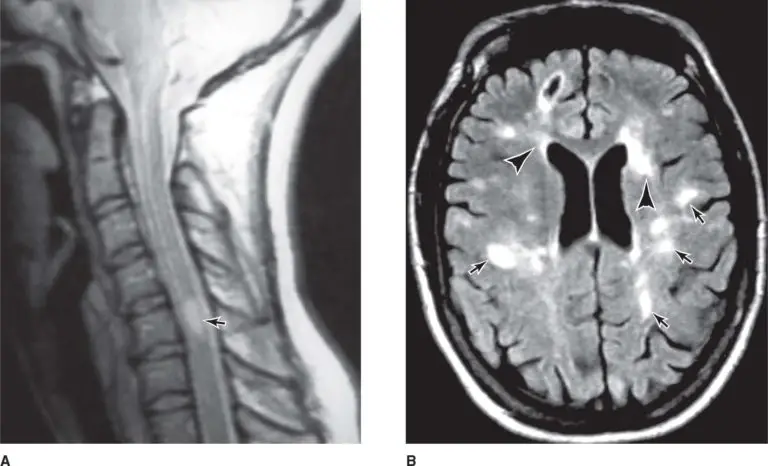
Nerve function tests. Electromyography records electrical activity in your muscles to detect nerve damage. A probe sends electrical signals to a nerve, and an electrode placed along the nerve’s pathway records the nerve’s response to the signals (nerve conduction studies).

Other nerve function tests. These might include an autonomic reflex screen that records how the autonomic nerve fibers work, a sweat test, and sensory tests that record how you feel touch, vibration, cooling, and heat.
Nerve biopsy. This involves removing a small portion of a nerve, usually a sensory nerve, to look for abnormalities.
Skin biopsy. Your doctor removes a small portion of the skin to look for a reduction in nerve endings.
Complications:
Burns and skin trauma. You might not feel temperature changes or pain in parts of your body that are numb.
Infection. Your feet and other areas lacking sensation can become injured without your knowing. Check these areas regularly and treat minor injuries before they become infected, especially if you have diabetes mellitus.
Falls. Weakness and loss of sensation may be associated with a lack of balance and falling.
Prevention:
Manage underlying conditions
The best way to prevent peripheral neuropathy is to manage medical conditions that put you at risk, such as diabetes, alcoholism, or rheumatoid arthritis.
Make healthy lifestyle choices
For example:
Eat a diet rich in fruits, vegetables, whole grains, and lean protein to keep nerves healthy. Protect against vitamin B-12 deficiency by eating meats, fish, eggs, low-fat dairy foods, and fortified cereals. If you’re vegetarian or vegan, fortified cereals are a good source of vitamin B-12, but talk to your doctor about B-12 supplements.
Exercise regularly. With your doctor’s OK, try to get at least 30 minutes to one hour of exercise at least three times a week.
Avoid factors that may cause nerve damage, including repetitive motions, cramped positions, exposure to toxic chemicals, smoking, and overindulging in alcohol.
Treatment of Peripheral Neuropathy:
Treatment either targets the underlying cause or aims to provide symptomatic pain relief and prevent further damage.
In the case of diabetic neuropathy, addressing high blood sugar can prevent further nerve damage.
For toxic causes, removing the exposure to a suspected toxin, or stopping a drug, can halt further nerve damage.
Medications can relieve pain and reduce burning, numbness, and tingling.
Drug treatment for neuropathic pain
Medications that may help include:
Pain relievers. Over-the-counter pain medications, such as nonsteroidal anti-inflammatory drugs, can relieve mild symptoms. For more severe symptoms, your doctor might prescribe painkillers.
Medications containing opioids, such as tramadol (Conzip, Ultram) or oxycodone (Oxycontin, Roxicodone, others), can lead to dependence and addiction, so these drugs generally are prescribed only when other treatments fail.
Anti-seizure medications. Medications such as gabapentin (Gralise, Neurontin) and pregabalin (Lyrica), developed to treat epilepsy, may relieve nerve pain. Side effects can include drowsiness and dizziness.
Topical treatments. Capsaicin cream, which contains a substance found in hot peppers, can cause modest improvements in peripheral neuropathy symptoms. You might have skin burning and irritation when you apply the cream, but this usually lessens over time. Some people, however, can’t tolerate it.
Lidocaine patches are another treatment you apply to your skin that might offer pain relief. Side effects can include drowsiness, dizziness, and numbness at the site of the patch.
Antidepressants. Certain tricyclic antidepressants, such as amitriptyline, doxepin, and nortriptyline (Pamelor), have been found to help relieve pain by interfering with chemical processes in your brain and spinal cord that cause you to feel pain.
The serotonin and norepinephrine reuptake inhibitor duloxetine (Cymbalta) and the extended-release antidepressant venlafaxine (Effexor XR) also might ease the pain of peripheral neuropathy caused by diabetes. Side effects may include dry mouth, nausea, drowsiness, dizziness, decreased appetite, and constipation.
drugs normally used for epilepsy, such as carbamazepine
antidepressants, such as venlafaxine
opioid painkillers, for example, oxycodone or tramadol
Opioid painkillers come with warnings about safety risks.
Duloxetine may help people with chemotherapy-induced neuropathy.
Doctors can also prescribe skin patches, such as Lidoderm, for temporary, localized pain relief. This contains the local anesthetic lidocaine. The patches are like bandages, and they can be cut to size.
The choice of drug should take into account medications for other conditions, to avoid unwanted interactions
Physiotherapy treatment:
Transcutaneous electrical nerve stimulation (TENS). Electrodes placed on the skin deliver a gentle electric current at varying frequencies. TENS should be applied for 30 minutes daily for about a month.
Plasma exchange and intravenous immune globulin. These procedures, which help suppress immune system activity, might benefit people with certain inflammatory conditions.
Plasma exchange involves removing your blood, then removing antibodies and other proteins from the blood and returning the blood to your body. In immune globulin therapy, you receive high levels of proteins that work as antibodies (immunoglobulins).
Exercises:
- Aerobic Exercise
- Flexibility Exercise
- Strength Training Exercise
- Balance training Exercise
Physiotherapy treatment may be helpful in maintaining strength, mobility, and function regardless of the underlying cause of Peripheral Neuropathy (PN). Patients with diabetic neuropathy may also benefit from physical therapy, however, diabetic neuropathy patients must also tightly control their blood sugar levels to prevent major fluctuations.
The goals of physiotherapy treatment are:
Maintaining and improving functions via a range of motion – passive range of motion exercises consist of progressive stretching and self-stretches
Strengthening muscles – this includes exercising against increasing resistance, use of weights, and isometric exercise
Balance training provides stability and prevents falls
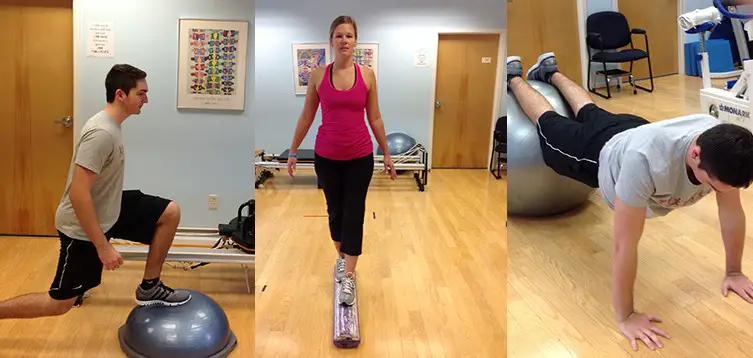
Physical therapists can also recommend braces and/or splints to enhance balance and posture
Splinting is often used in the treatment of compression mononeuropathies, such as carpal tunnel syndrome
Occupational Therapy is instrumental in helping a patient cope with the functional, vocational, and social impact of peripheral neuropathy by:
Improving sensory-motor skills
Teaching the patient to avoid exposure to environmental or industrial toxins
Teaching self-care activities
Teaching the patient safety issues, (e.g., paying more attention to the terrain when walking since falling or tripping may pose a risk for patients with PN)
Teaching the patient to pay attention to issues that involve automatic functions (e.g., learning how to change positions smoothly to avoid a sudden drop in blood pressure and the risk of falling)
If you have muscle weakness, exercise can help improve your movements. You may also need hand or foot braces, a cane, a walker, or a wheelchair.
Surgery. If you have neuropathies caused by pressure on nerves, such as pressure from tumors, you might need surgery to reduce the pressure.
FAQ
What is the first stage of neuropathy?
First Phase: You Experience Intermittent Numbness and Pain
Since the discomfort is normally bearable and only sometimes visible, many people ignore the symptoms in the early stages. It is commonly referred to as diabetic neuropathy since excessive sugar consumption is the main cause of neuropathy at this stage.
Which vitamin is best for nerve repair?
Vitamin B1 – an Essential Nerve Nutrient
Thiamine, or vitamin B1, is essential for strong nerves. Since meat is commonly accessible and most grains and cereals are fortified with thiamine, deficiencies are uncommon in the modern world, but they can happen to alcoholics and patients who have had gastric bypass surgery.
Is walking good for neuropathy?
Frequent physical activity, such as walking three times a week, can help stabilize blood sugar levels, reduce discomfort from neuropathy, and strengthen muscles. Mild exercises like tai chi and yoga may also be beneficial. Swimming is one type of pool-based activity you might want to attempt if you have painful neuropathy in your feet.
What are the 3 symptoms of neuropathy?
3 symptoms of neuropathy are:
1. Hands or feet that are numb or tingling. You may feel sharp, shooting, and stabbing pain.
2. Lack of coordination and balance.
3. Weakness in the muscles, particularly the feet.
Does peripheral neuropathy go away?
Peripheral neuropathy does not go away, However, there are several treatment options to keep it from growing worse. Your healthcare professional will address any underlying conditions, such as diabetes, before treating the pain and other neuropathy symptoms.
What is the best treatment for peripheral neuropathy?
Regular physical activity, such as Active Exercise, and walking 4 to 5 times a week, can help stabilize blood sugar levels, reduce discomfort from neuropathy, and strengthen muscles. Mild exercises like tai chi and yoga may also be beneficial. Swimming is one type of pool-based activity you might want to attempt if you have painful neuropathy in your feet. Give up smoking.
What are the 4 causes of peripheral neuropathy?
4 causes of peripheral neuropathy are:
heavy long-term alcohol consumption.
lack of important vitamins, such as vitamins B1, and B12.
Nerve injury, such as during surgery or an accident.
Underactive thyroid function.
Several illnesses, including HIV, shingles, diphtheria, Lyme disease, and botulism.
Swelling inside the blood vessels.




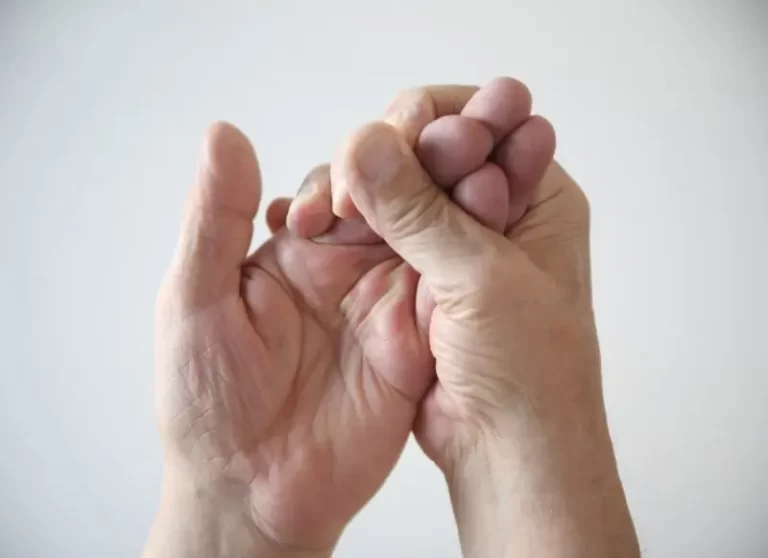

12 Comments